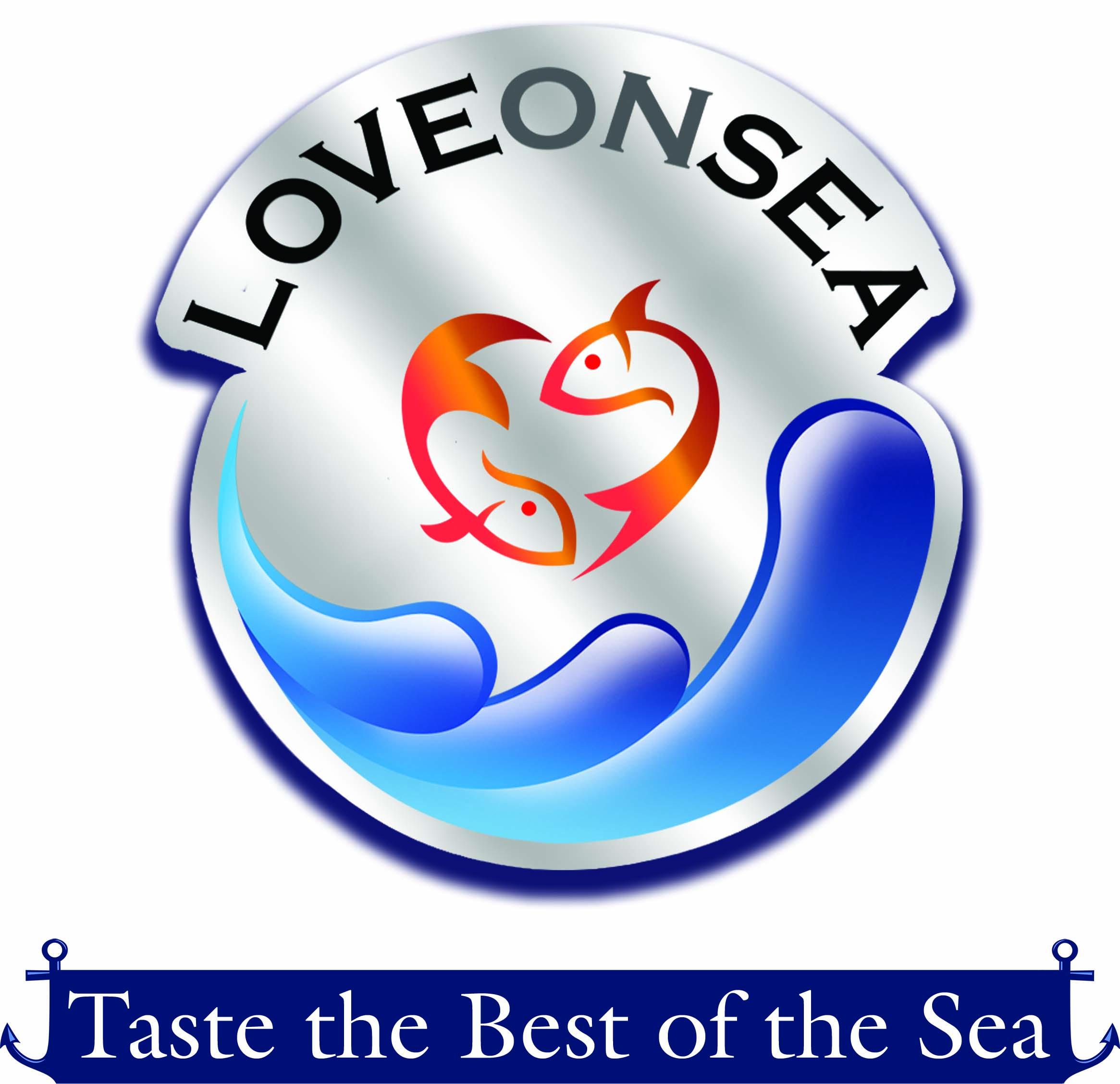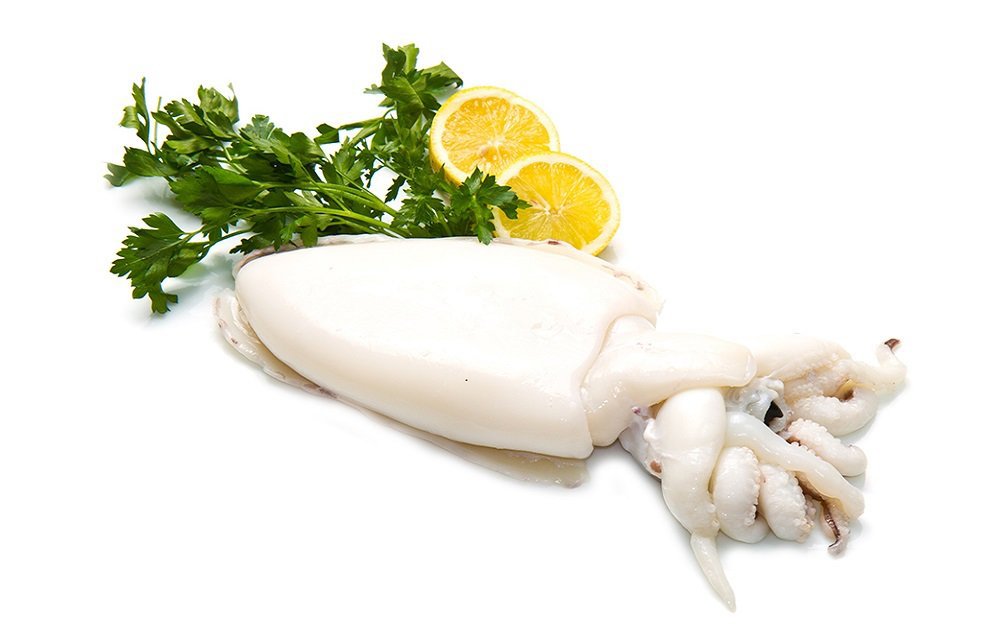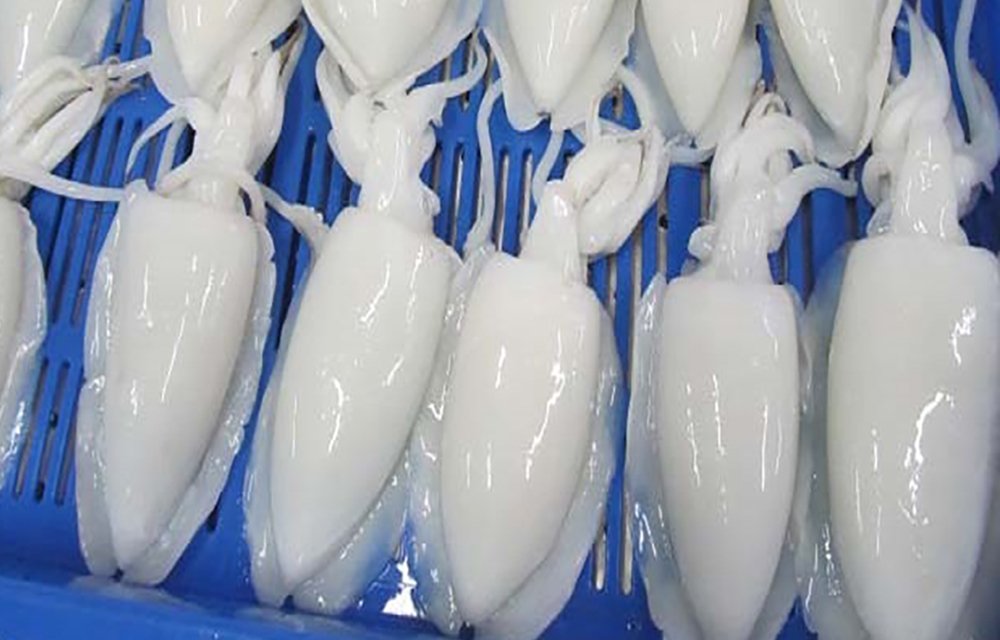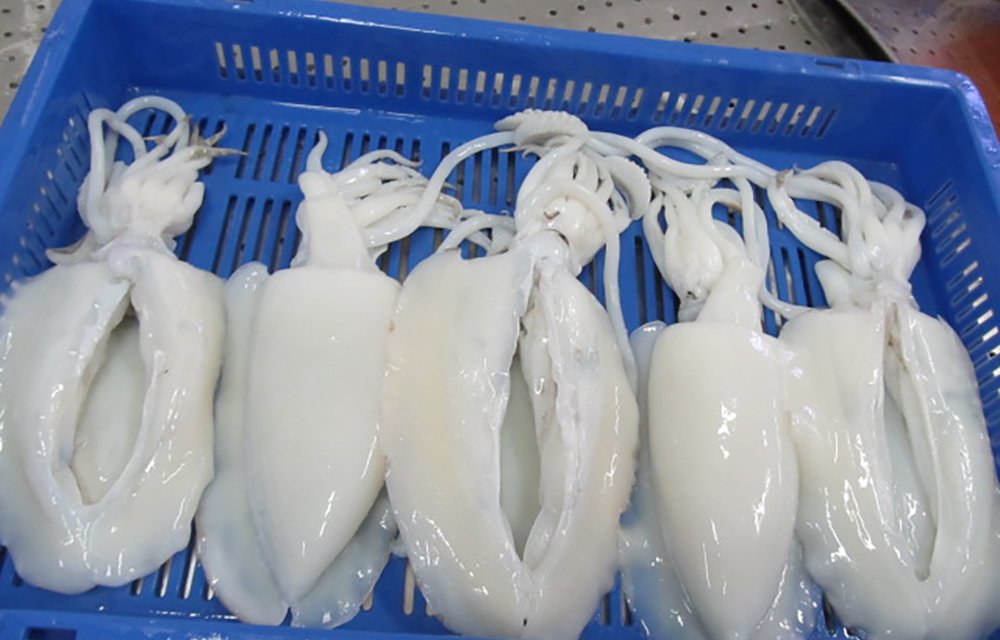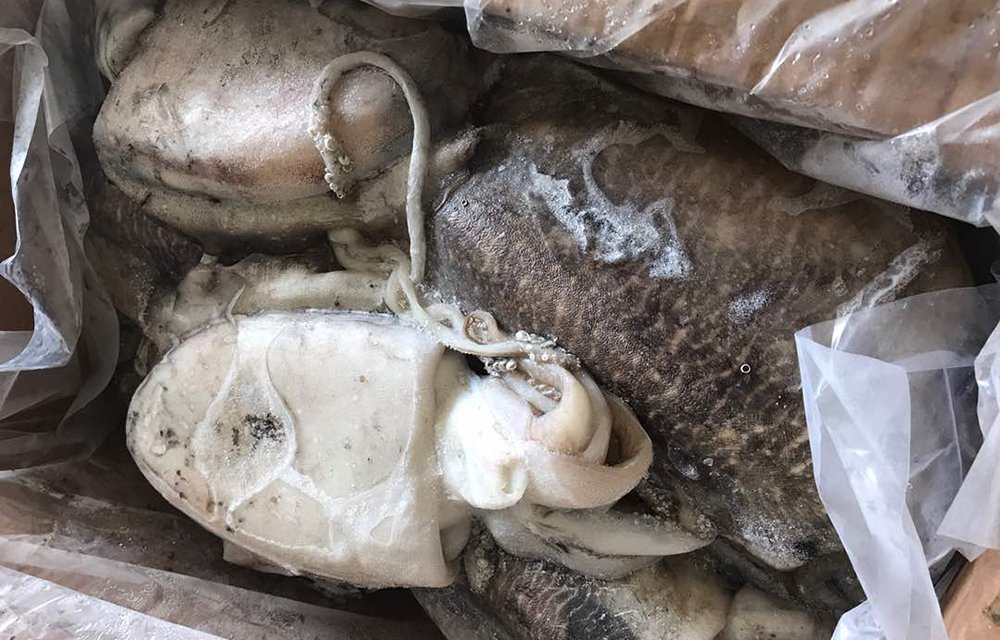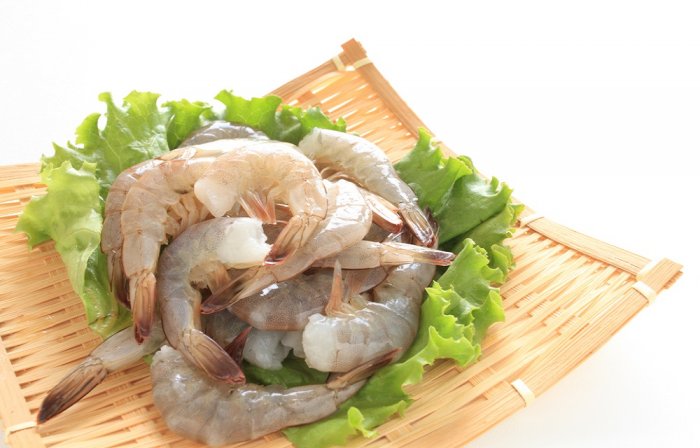Cuttlefish are high in protein and mineral content, but low in lipid content. Phospholipid was the major cuttlefish lipid, which are rich in PUFA. Myosin heavy chain (MHC), paramyosin and actin were the major proteins in cuttlefish and varied with portions. Both head and mantle portions of cuttlefish comprised different trace minerals at varying concentrations.
Additionally, the muscle contains little saturated fat, significant vitamin C and is a good source of minerals such as calcium, potassium, zinc, iron, phosphorus and copper. However, they do contain significant sodium and cholesterol.
Cuttlefish is being increasingly consumed and exported. Cuttlefish is processed mostly as a frozen product. Sepia pharaonis and Sepia aculeata are two main species commonly used for cuttlefish processing in Thailand.
The edible part of squid contains 81.8% water, 15.6% crude protein, 1.0% crude fat and 1.5% ash. The lipid content of raw squid was about 1.0–2.0%.
Distribution:
Eastern Atlantic and the Mediterranean: from the Shetlands and southern Norway (stray in the Baltic Sea), south to the Mediterranean Sea to northwestern Africa.
